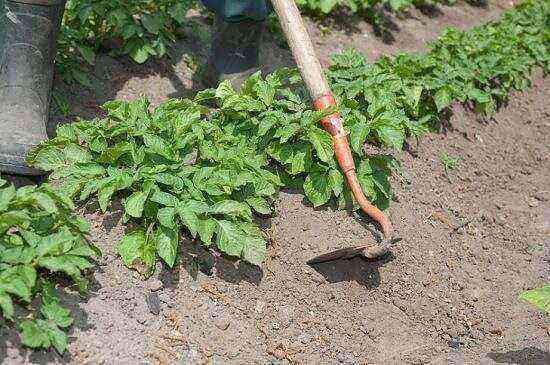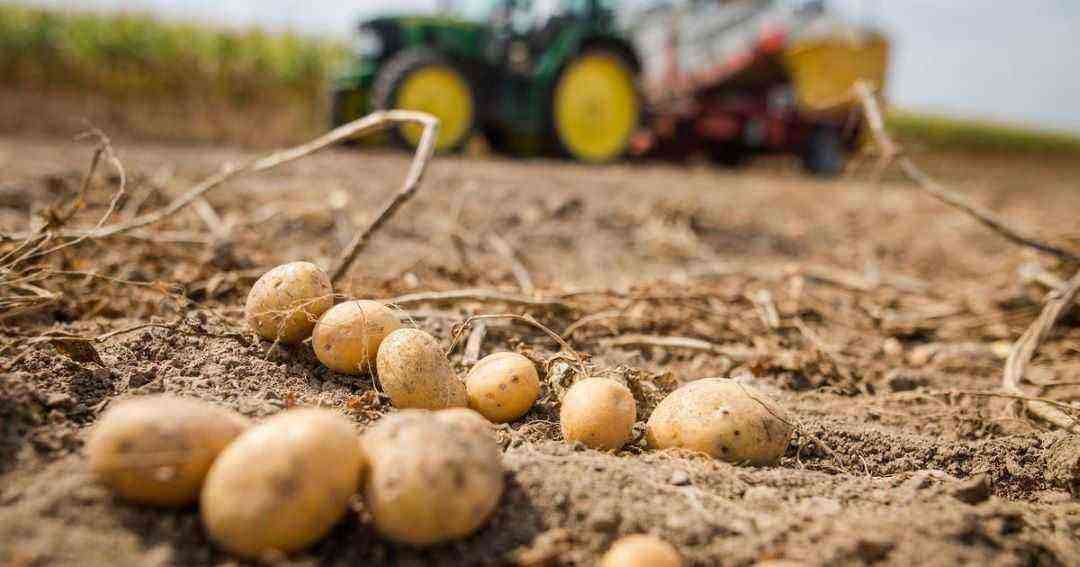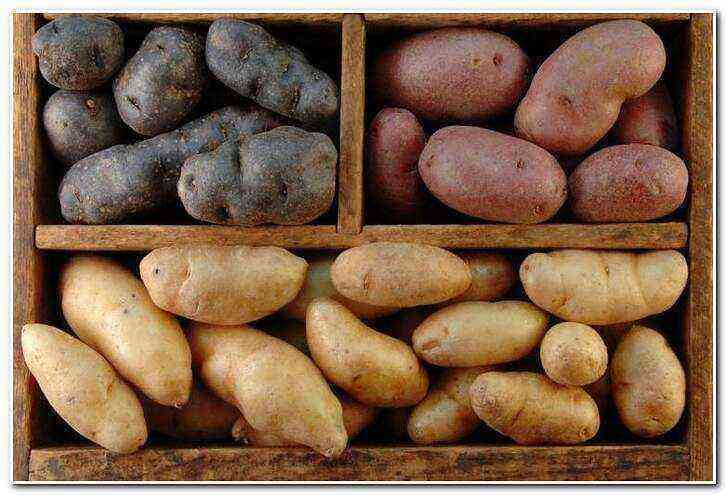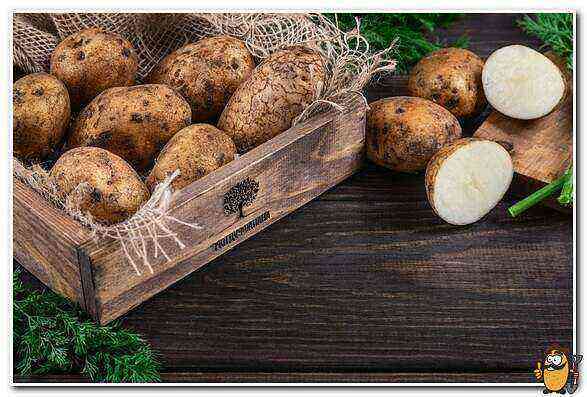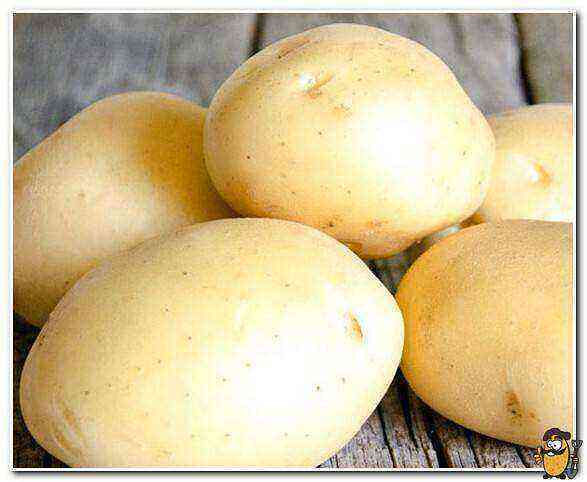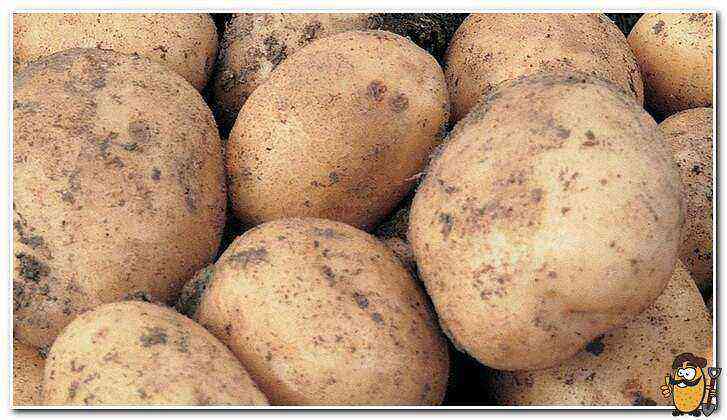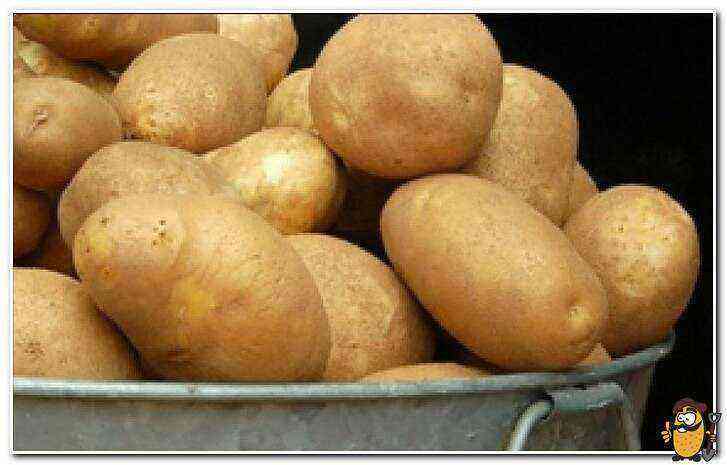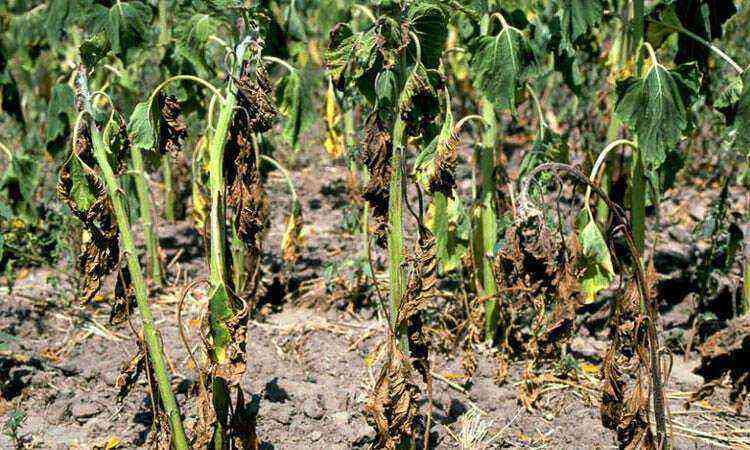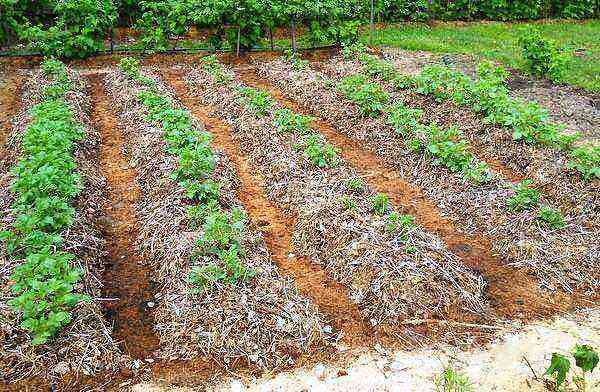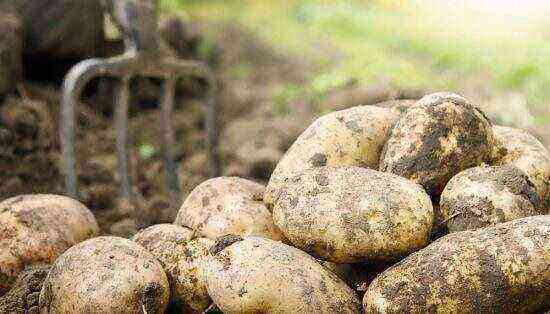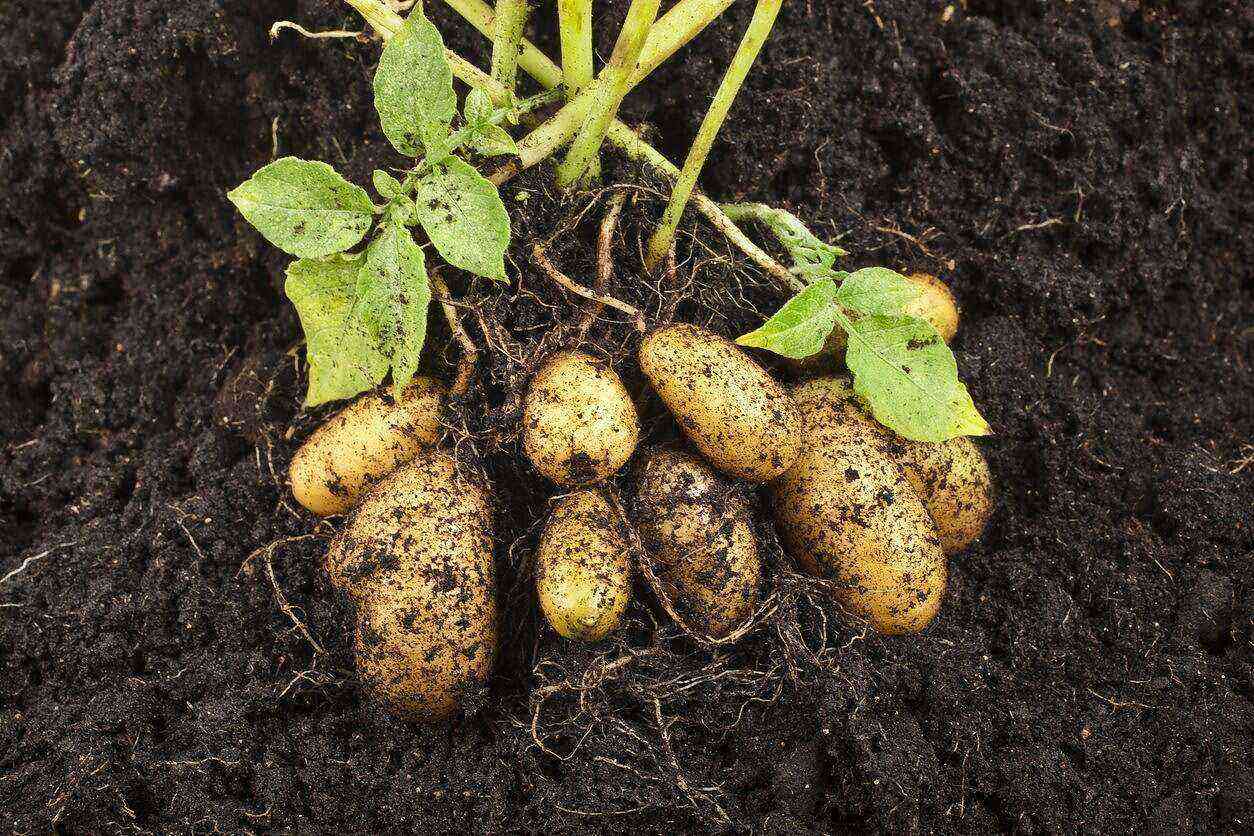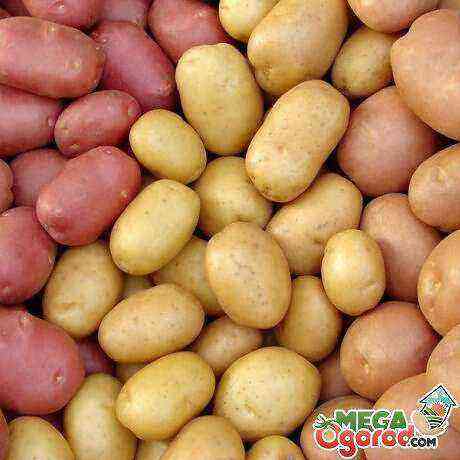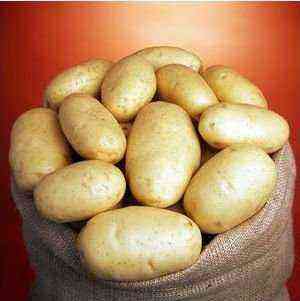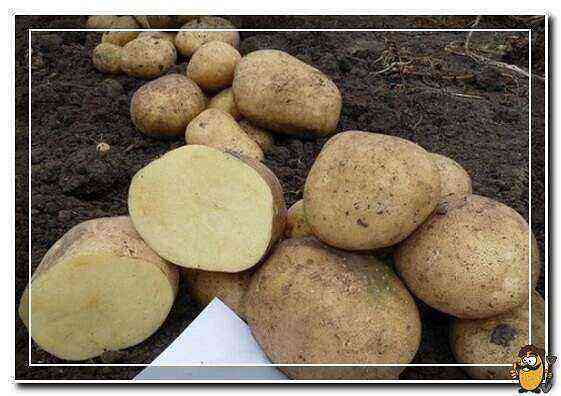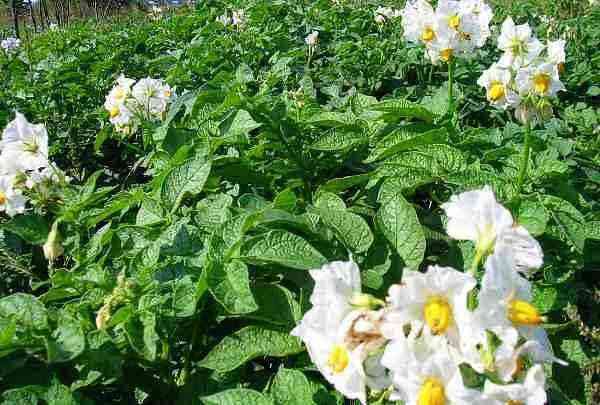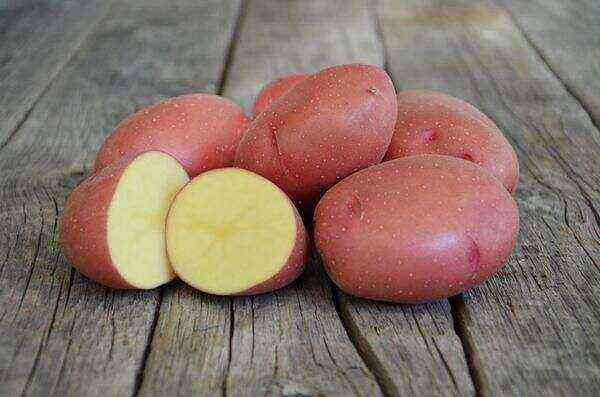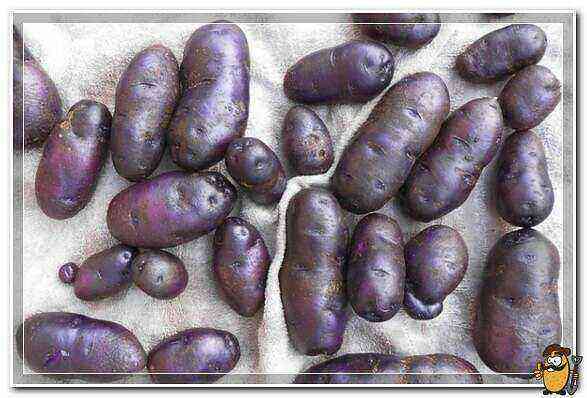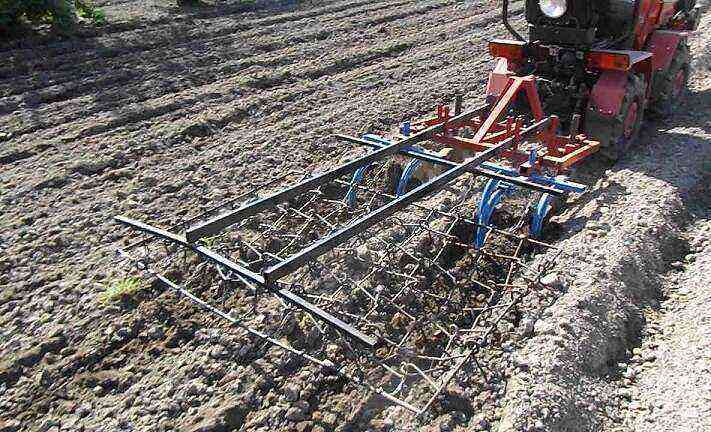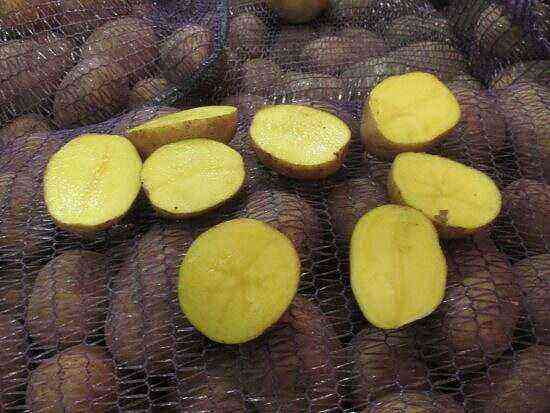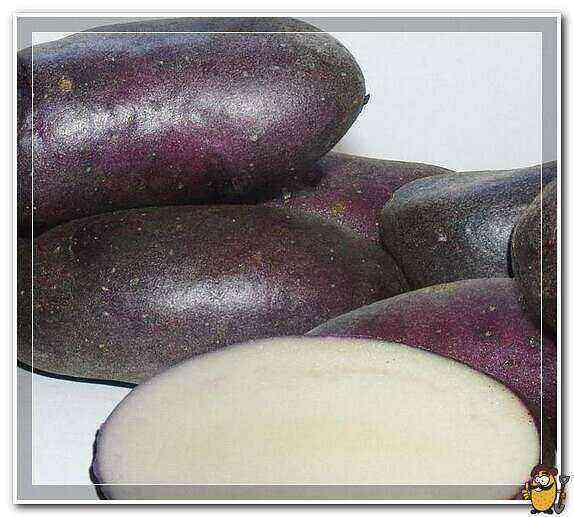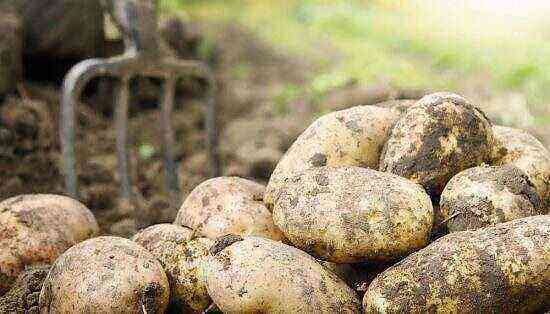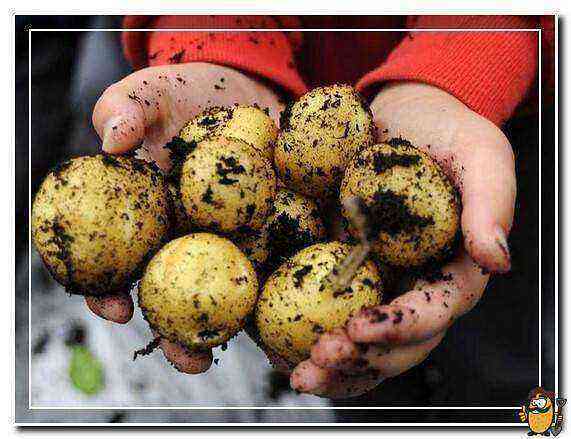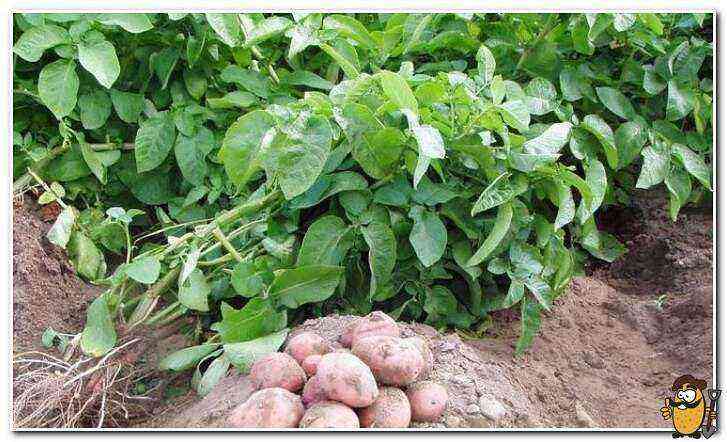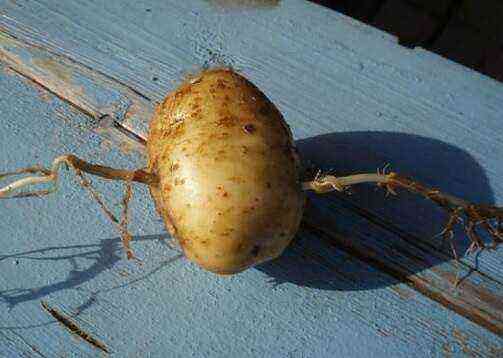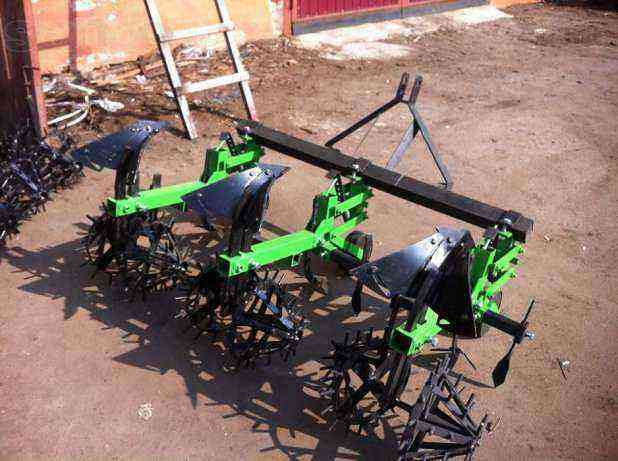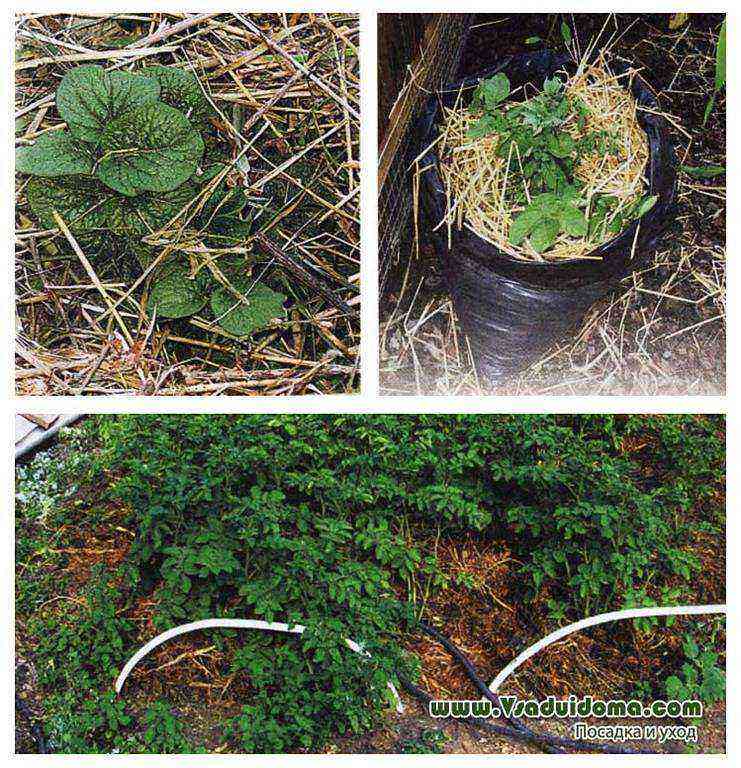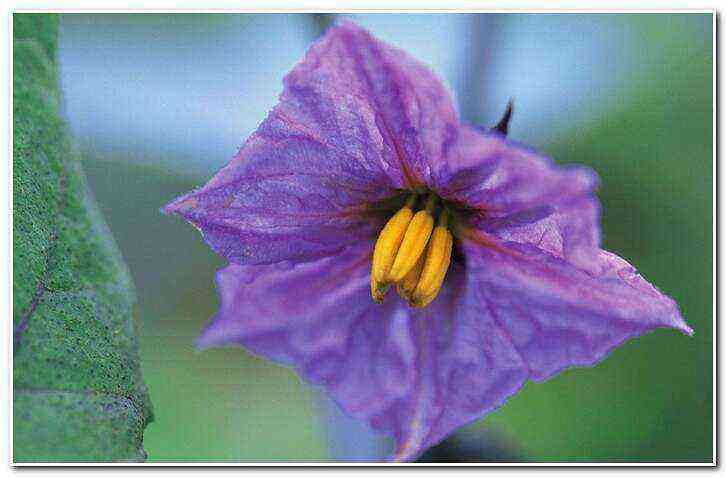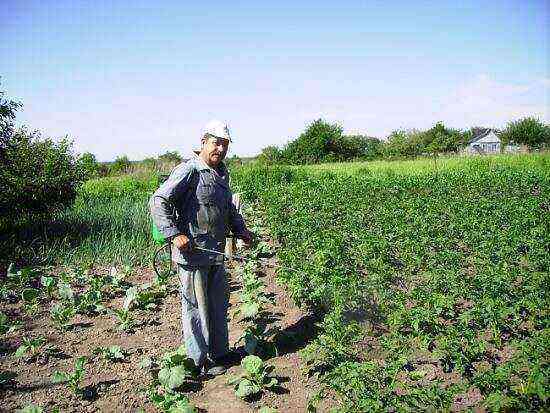Gardeners begin harvesting potatoes at different times. But the period of mass digging traditionally falls on September. It is impossible to determine the exact date when you need to dig the potatoes. The timing is influenced by climatic conditions, weather, condition of bushes and soil, varietal characteristics. Much depends on the goals of the gardener. For storage, you need to wait until the peel on the tubers becomes thick and strong. Young potatoes for food can be dug earlier.
Potato ripening conditions
On average, in the climate of central Russia and in the Moscow region, potatoes ripen by the end of August or the beginning of September. It is at this time that it is recommended to dig out the harvest. But such terms are average. To determine the date more accurately, many other factors are taken into account that can affect the maturity of the crop. As a result, the terms when you need to dig out the potatoes are shifted to one side or the other.
The following circumstances affect the period of readiness of potato tubers for harvest:
- Varietal characteristics of the grown potatoes, their terms of planting and harvesting. You can find out more about these circumstances where the seed was purchased.
- The time the seed tubers were lowered into the soil. From this date, the ripening period of the tubers is counted.
- Features of the use of fertilizers. Untimely, incorrect application of fertilizing or their complete absence causes a poor harvest.
- The composition of the soil in the area with potato plantings. In infertile soil, tubers ripen early, but the yield is small.
- Soil moisture. In overdried soil, the tubers are small and rare, but ripen a few days earlier.
Important!
If several varieties of potatoes with similar ripening times have been planted at the same time, they do not always need to be dug in the same day.
Signs of ripening potatoes
The period when you can dig potatoes depends on the characteristics of the variety. The main indicator is the condition of the aboveground part of the bush. Digging of potatoes is carried out after the stems and leaves turn yellow, wilting and drying of the tops. At the same time, ripening is faster if the bushes were huddled on time. Ripe and enlarged root crops expand the soil around the bush and lift it up with a mound. Therefore, you need to take a close look at the plants.
If it rains constantly in summer, the tops can remain fresh and green for a long time. Then, by the look of the bush, it is difficult to determine unambiguously whether the tubers are ready for digging. In such circumstances, 70 days are counted from the planting date and the tops are cut off at a height of 15 cm above the soil level. This will speed up the process of forming the skin of the root vegetables.
To assess the condition of the potatoes, they dig in several bushes in different places of the site and extract a couple of root crops. Rubbing the peel with effort, determine the degree of maturity of the tuber. If it is strong and does not come off from friction, the potatoes are ripe, you can start harvesting.
Timing of digging out young potatoes after flowering
The first tubers on underground stolons begin to form after the end of budding, when the potato bushes have bloomed. After flowering, young potatoes can be dug when the size of the root crops exceeds 5 cm in diameter. The state when the vegetable is young passes very quickly. Therefore, you need to dig it up in time, without missing this time.
An approximate estimate of the time before the start of digging in the beds is carried out during flowering. Usually you need to wait 2-3 weeks from the moment the flowers bloom. After examining the dug potatoes, the yield is assessed. If they are large, then you can expect a rich harvest.
After digging, the plants will develop for another month before final maturation. Therefore, mechanical damage to the tubers must not be allowed. This can be avoided by digging in the bushes growing on the edge of the potato plantings. Usually, young potatoes are dug up only for food. Therefore, it is better to dig in batches, removing tubers from 1-2 bushes at a time.
Determination of potato maturity by date
Not always the true state of the crop can be judged by external signs. Often weather conditions make their own adjustments. In the Moscow region, the weather is often rainy, and potato bushes stand green for a long time. In southern Russia, summer is hot, and the tops begin to turn yellow earlier, immediately after they have time to bloom. In such circumstances, you need to rely on calendar dates to understand when you can dig up potatoes for food or storage. To do this, the date is remembered during landing.
Sprouted tubers are lowered into the soil after warming up. This usually happens in April or May. After planting, the first shoots break through in 15-20 days. Flowering time comes in another 2-3 weeks. Usually, from planting to the state of young potatoes, they grow a little over a month. Ripe tubers can be harvested no earlier than 60 days after planting.
The influence of the variety on the ripening time
Before planting potatoes, you need to correctly determine the variety. You need to focus not on the promised amount of harvest, but on the adaptation of the variety to the climate of the growing region and weather conditions in this area.
The division of crop varieties is carried out according to the following categories:
- early species make it possible to harvest potatoes 60 days after planting;
- medium early varieties, you can start digging 70 days after sowing the seed;
- mid-season varieties can be removed as early as 90 days;
- for medium-late species, 100 days must pass from the moment of planting before they can be dug;
- harvesting of late-ripening species is carried out after 100 days from the time of disembarkation.
Important!
For regions located in the middle lane, mid-season and mid-early crop varieties are more suitable. They have time to ripen and give a good harvest. It is unwise to plant early species. In a short growing season, they will not have time to get saturated with useful substances in conditions of a lack of sun. Also, do not grow mid-late and late species here. They take a long time to ripen. Therefore, in a short summer, they may not gain the required maturity.
Collecting potatoes for storage
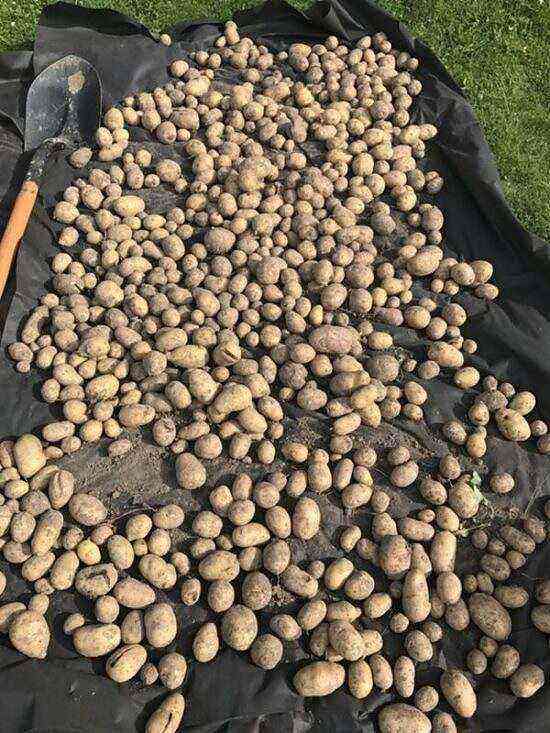
Half a month before the planned date of digging, all the tops are mowed, taken out of the site and burned. This will prevent the emergence and development of late blight and other potato diseases. The upper part of the bushes is cut at a height of 15 cm from the ground level. Then the remaining parts of the stems will serve as pointers where to dig to harvest the potatoes.
On the scheduled day, the weather should be dry and sunny. Then the extracted roots can be easily dried in the sun for several hours. This is a great way to prepare tubers before storing them. If it rains on the day of digging or it has passed the day before, the job becomes much more difficult. The dug up potatoes remain dirty due to the damp soil. It takes several days to dry these tubers. Therefore, on a damp and cloudy day, it is better not to dig.
Digging potatoes with a walk-behind tractor

In large areas, it is easiest to dig up potatoes using special equipment, for example, a walk-behind tractor. To do this, after switching on, the pointed element is lowered into the soil. Then they move behind the walk-behind tractor along the strip, gently holding and guiding it. This mechanized method greatly simplifies harvesting and speeds up work. If two people work, it will take about 20 minutes to clean one hundred square meters. The second person should go behind the walk-behind tractor and collect the tubers extracted to the surface.
Despite the simplicity of work, mechanical harvesting increases the number of damaged tubers. The least damaged specimens are immediately used for food. Heavily chopped root vegetables are sent to a compost pit.
Important!
In order for the walk-behind tractor to move between the rows, even at the time of planting the potatoes, they do not need to be placed too close. The distance should be at least 45 cm. The depth of the root crops is of great importance. Optimally, they should be located at a distance of 20-25 cm from the ground level.
Manual digging
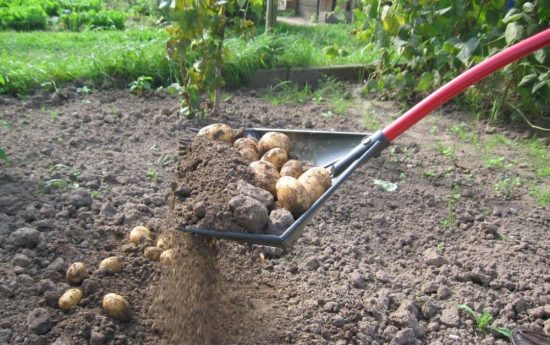
Usually, a bayonet shovel or pitchfork is used to dig up potatoes by hand. Moreover, the last tool is recommended to be used if the soil is viscous and heavy. It is not necessary to break up clods of earth with a shovel, so as not to damage the tubers.
The tool is immersed at an acute angle into the soil, stepping back 20 cm from the bush. Then, the tool is pressed with a foot on the concessions of the tool and the earthen lump is slightly raised. After that, they grab the bush by the remains of the tops with their hand and remove it from the ground with their hands.
If the tops are very dry or the soil is dry, it is not possible to remove the plant from the soil along with the root system in this way. Then they dig in a bush on the other side and turn out an earthen lump with tubers.
In good weather, the harvested crop is sorted directly on the field. For this, tubers are dumped on two large pieces of polyethylene. Large ones are selected for storage, and smaller ones are made for sowing next year. Damaged or cut copies are sent in a separate bag.
The importance of harvesting potatoes on time
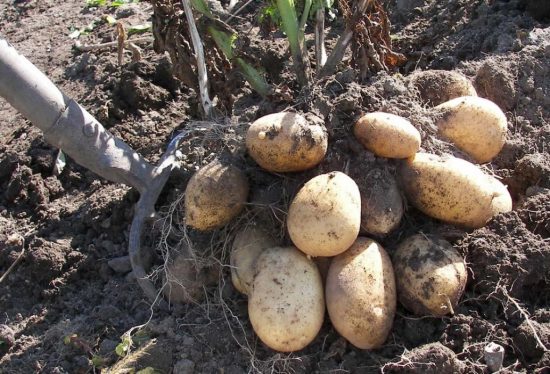
Gardeners should be responsible for choosing the time of harvesting. Mistakes can lead to the loss of the entire crop. Roots dug out too early are only suitable for eating soon. They cannot be stored for a long time. The skin on them has not yet had time to form completely. She is still very thin. It can be easily damaged by careless movement. If damaged tubers are sent to storage after harvesting, they can quickly rot and infect nearby specimens. As a result, most of the harvest will be ruined.
Delaying harvesting until October is also not good. At this time, the weather deteriorates, heavy rains begin. By this time, the remains of the potato tops have already rotted away. Therefore, finding the location of the bushes is difficult. Raw potatoes removed from the ground are difficult to dry under such conditions. Poorly dried roots will quickly rot in the cellar.
In order for the grown potato crop to be stored for a long time, you need to choose the right digging time. The taste of root vegetables and their shelf life depend on this. At the same time, the varietal characteristics of the cultivated crop and the weather conditions in the region are taken into account.
